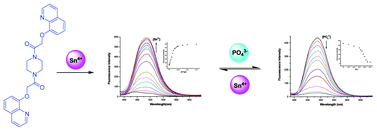近期论文
 查看导师新发文章
(温馨提示:请注意重名现象,建议点开原文通过作者单位确认)
查看导师新发文章
(温馨提示:请注意重名现象,建议点开原文通过作者单位确认)
2016
14. J. Wang, Y. Chen, C. Yang, T. Wei, Y. Han* and M. Xia*. An ICT-based colorimetric and ratiometric fluorescent probe for hydrogen sulfide and its application in live cell imaging. RSC Adv., 2016, 6, 33031-33035.
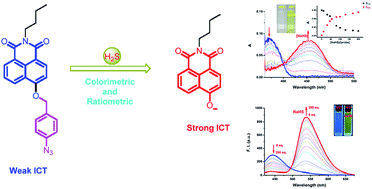
13. Y. Chen, B. Chen, D. Luo, Y. Cai, Y. Wei, Y. Han*. A facile naphthalene-based fluorescent ‘turn-on’ chemodosimeter for palladium ions in aqueous solution. Tetrahedron Lett., 2016, 57, 1192-1195.

12. Y. Chen, M. Zhang, Y. Han* and J. Wei*. A depropargylation-triggered spontaneous cyclization based fluorescent “turn-on” chemodosimeter for the detection of palladium ions and its application in live-cell imaging. RSC Adv., 2016, 6, 8380-8383.
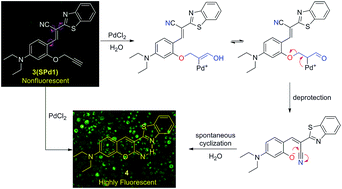
2015
11. Y. Chen, C. Yang, Z. Yu, B. Chen and Y. Han*. A highly sensitive hemicyanine-based fluorescent chemodosimeter for mercury ions in aqueous solution and living cells. RSC Adv., 2015, 5, 82531-82534.
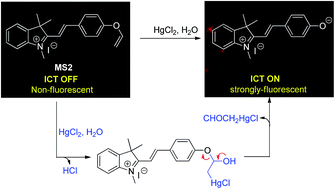
10. T. Wei, J. Wang, Y. Chen and Y. Han*. Combining PeT and ICT Mechanism into One Chemosensor for the Highly Sensitive and Selective Detection of Zinc. RSC Adv., 2015, 5, 57141-57146.
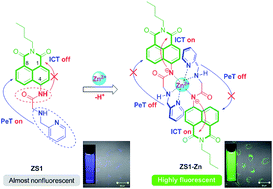
9. Y. Han,* C. Yang, K. Wu, Y. Chen, B. Zhou and M. Xia*. A facile naphthalene-based fluorescent chemodosimeter for mercury ions in aqueous solution. RSC Adv., 2015, 5, 16723-16726.
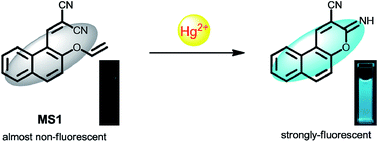
8. C. Yang, Y. Chen, K. Wu, T. Wei, J. Wang, S. Zhang and Y. Han*. A reactive probe for Cu2+ based on the ESIPT mechanism and its application in live-cell imaging. Anal. Methods, 2015, 7, 3327-3330.
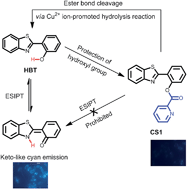
7. K. Surendra, R. Vemula, Y. Han, and E. J. Corey*. Reversal of the Importance of Steric and Electronic Effects in the Base-Promoted α-Silylation of Sulfides. Organic Lett., 2015, 17, 1621-1623.

2014
6. Y. Han, Y. Ma, I. Keresztes, D. B. Collum, and E. J. Corey*. Preferential Geminal Bis-silylation of 3,4-Benzothiophane Is Caused by the Dominanc. Org. Lett., 2014, 16, 4678-4679.

5. K. Wu, Y. Gao, Z. Yu, F. Yu, J. Jiang, J. Guo and Y. Han*. A facile fluorescent chemosensor based on naphthalene-derived Schiff base for zinc ions in aqueous solution. Anal. Methods, 2014, 6, 3560-3563.
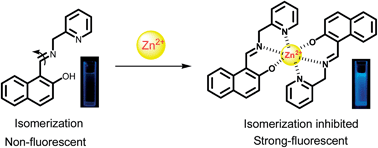
4. X. Li, Y. Gong, K. Wu, S. H. Liang, J. Cao, B. Yang, Y. Hu and Y. Han*. A highly sensitive and water soluble fluorescent probe for rapid detection of hydrogen sulfide in living cells. RSC Adv., 2014, 4, 36106-36109.
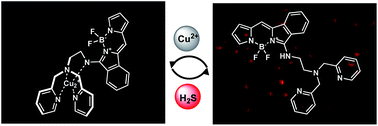
3. X. Li, C. Yang, K. Wu, Y. Hu, Y. Han* and S. H. Liang*. A Highly Specific Probe for Sensing Hydrogen Sulfide in Live Cells Based on Copper-Initiated Fluorogen with Aggregation-Induced Emission Characteristics. Theranostics, 2014, 4, 1233-1238.

2013
2. J. Liu, K. Wu, S. Li, T. Song, Y. Han* and X. Li*. A highly sensitive and selective fluorescent chemosensor for Pb2+ ions in an aqueous solution. Dalton Trans., 2013, 42, 3854-3859
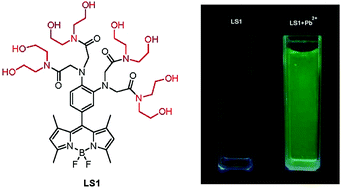
1. J. Liu, K. Wu, X. Li, Y. Han* and M. Xia. A water soluble fluorescent sensor for the reversible detection of tin(IV) ion and phosphate anion. RSC Adv., 2013, 3, 8924-8928.
